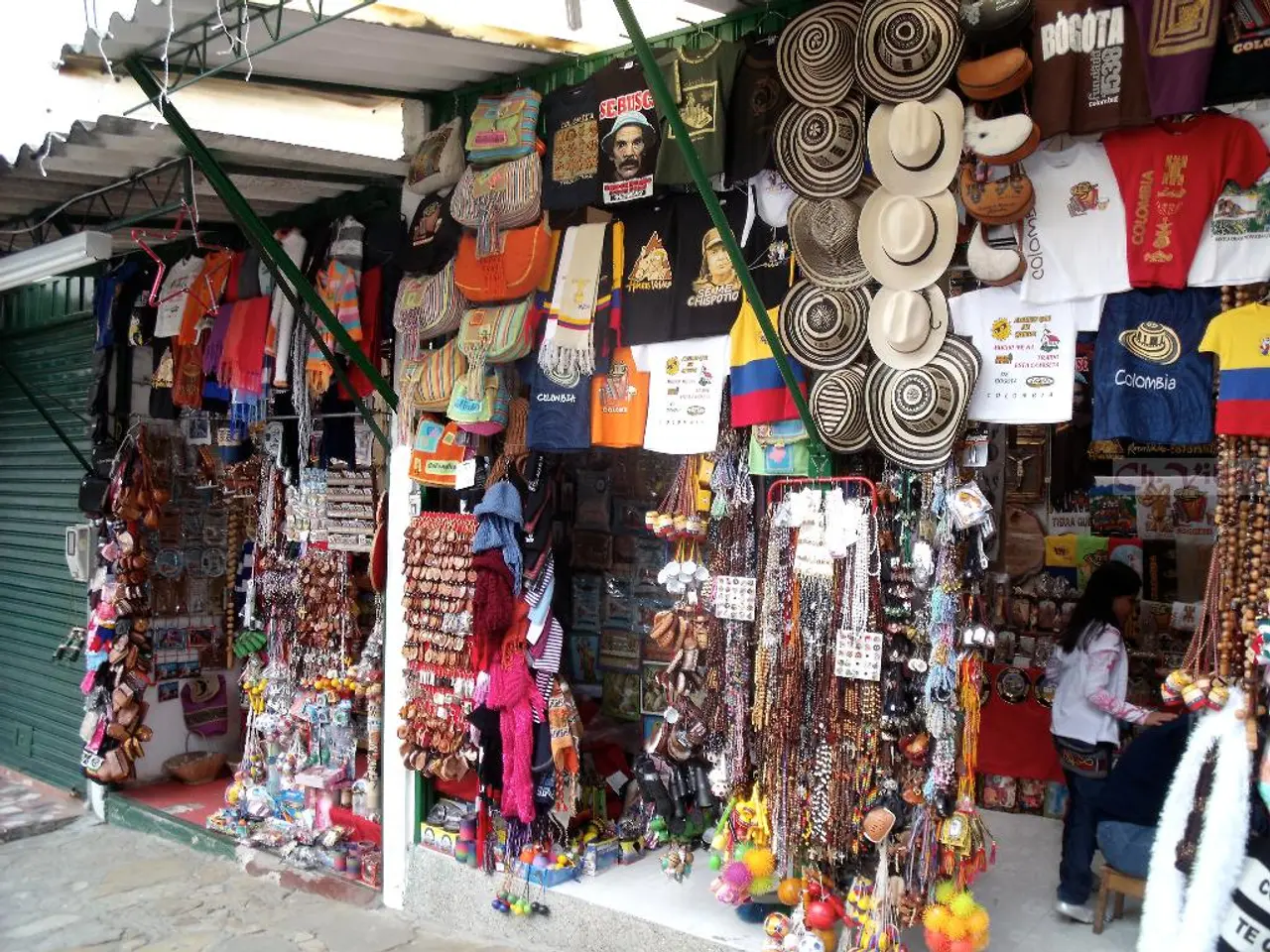Global capital and family offices are being targeted once again by the reintroduction of Hong Kong's Capital Investment Entrant Scheme, a move designed to attract significant investment.
The Capital Investment Entrant Scheme (New CIES) in Hong Kong, effective from 1 March 2024, has undergone significant changes and requirements, attracting global investors seeking residency in the city.
The key requirement for the New CIES is a minimum investment of HK$30 million in eligible assets regulated by the Securities and Futures Commission (SFC). These assets include stocks, bonds, SFC-approved funds such as open-ended fund companies, real estate investment trusts, linked assurance schemes, and CIES-managed investment portfolios.
A significant portion of investments under the scheme has been in SFC-approved funds (around 40%), with stocks accounting for approximately 30%, bonds over 10%, and the remaining 20% spread across other approved financial products.
One notable change is the inclusion of both residential and non-residential properties as part of the investment, with a cap of HK$10 million for the amount counted towards the total capital investment from property purchases. This represents one-third of the minimum investment threshold. There have been discussions about potentially allowing a higher proportion of property investment, but no confirmed changes have been made as of mid-2025.
The New CIES has also seen procedural easing over time, with the government easing certain eligibility requirements for some immigration-related schemes since March 2025. However, these easements do not directly apply to the New CIES.
Since its relaunch in March 2024, the New CIES has attracted over HK$21 billion in investments and received over 1,500 applications, with a notable approval rate increase after the easing of requirements in March 2025.
Global investors are exploring pathways to establish investment structures and family offices under the New CIES, as the scheme aims to attract substantial capital inflows and strengthen Hong Kong's position as an international asset and wealth management center.
To secure residency under the New CIES, applicants must invest HK$30 million in Permissible Investment Assets. The remaining HK$27 million of the investment can be allocated across eligible public market securities, private funds, and non-residential real estate. The New CIES allows up to HK$10 million to be invested in non-residential real estate, with mortgages permitted but only the equity portion qualifying.
Applicants under the New CIES must maintain investment thresholds for a period of seven years. Profits under the New CIES can only be withdrawn as cash income such as dividends or rent.
The New CIES is part of a broader policy agenda to enhance Hong Kong's appeal as a base for global family offices and wealth platforms. This policy agenda is under the purview of the Financial Services and the Treasury Bureau.
- Under the New CIES, a minimum investment of HK$30 million is required, with eligible assets including SFC-approved funds, real estate investment trusts, linked assurance schemes, and CIES-managed investment portfolios.
- Approximately 40% of investments under the New CIES have been in SFC-approved funds, followed by stocks at around 30%, while bonds account for over 10%, and the remaining 20% is spread across other approved financial products.
- A change in the New CIES allows for both residential and non-residential properties to be part of the investment, with a cap of HK$10 million for property purchases towards the total capital investment.
- The New CIES aims to attract substantial capital inflows and strengthen Hong Kong's position as an international asset and wealth management center, with global investors exploring pathways to establish investment structures and family offices under the scheme.
- To secure residency under the New CIES, applicants must invest HK$30 million in Permissible Investment Assets, with the remaining HK$27 million allocated across eligible public market securities, private funds, and non-residential real estate.
- The New CIES is part of a broader policy agenda to enhance Hong Kong's appeal as a base for global family offices and wealth platforms, under the jurisdiction of the Financial Services and the Treasury Bureau.




